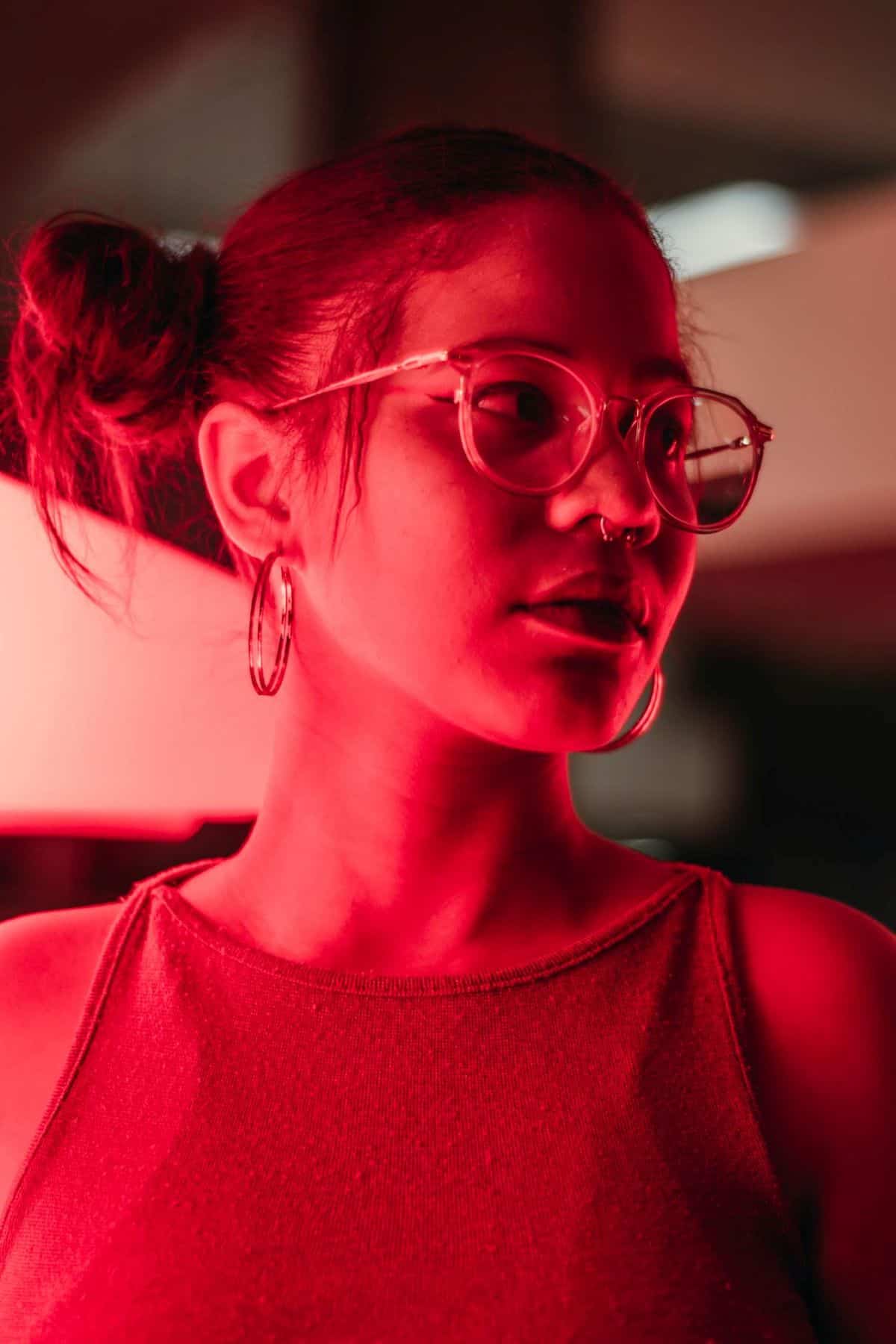Red light therapy (RLT) is an innovative treatment procedure that uses light of specific wavelengths to aid healing and rejuvenation in the body. Even though this procedure has been in practice for a while, people still do not fully understand this noninvasive treatment option.
The lack of knowledge about the therapy also leads to myths and misconceptions that can cloud public understanding.

Myth #1: The More Colors a Device Emits, the Better It Is
A common misconception is that devices emitting lights in multiple colors are usually better. In reality, that is not the case. A device that emits light in seven different colors is not necessarily better than one in only one or three colors. The best red light therapy devices typically offer only red-colored light.
There is no credible evidence to support the therapeutic value of wavelengths other than blue, red, and near-infrared. So, unless your device emits lights in these three colors, they offer no therapeutic value.
Myth #2: Red Light Therapy Is Just a Fad
In the age of Instagram Reels and YouTube Shorts, you may come across several hacks and techniques that supposedly offer numerous health benefits. So, if someone tells you about red light therapy, you may think it is just another fad.
In reality, however, red light therapy is a legitimate treatment option that is supported by years of research and studies. Unlike some of the hacks that make exaggerated claims, red light therapy can have actual health benefits. Compared to traditional rehabilitation therapies, red light therapy offers a non-invasive alternative with fewer side effects.

Myth #3: You Need Expensive Equipment for Red Light Therapy
The market is filled with a variety of red light therapy devices. You can find handheld units, larger panels, and full-body systems. These devices also vary in wavelength and power output. These factors impact the price of such devices. While some red light therapy equipment can be expensive, you can find several other options that fit your budget.
Also, you may not require an expensive device in the first place. Every red light therapy device serves a specific purpose. For example, handheld devices target particular areas of the body, while larger panels can treat broader regions at once. It is important to choose the right device that serves your needs.
Myth #4: Red Light Therapy Is Only for Skin Issues
Red light therapy is extensively used in skin care to reduce signs of aging like fine lines and wrinkles, heal scars, and get rid of acne. However, the application of red light therapy extends far beyond skincare. Many people prefer red light therapy for its therapeutic benefits in various areas of health. RLT can help with pain management and muscle recovery.
Whether you are suffering from chronic pain or experiencing sports-related injuries, RLT can speed up healing by increasing blood flow to the area and reducing inflammation. Some studies also suggest that exposure to specific wavelengths of light can positively influence mood and cognitive functions.

Myth #5: Red Light Therapy Provides Instant Results
Though technology in the wellness sector has improved significantly over the past few decades, expecting immediate results from RLT is a bit unrealistic. Like most therapies, red light therapy takes time. While individuals may start noticing improvements in skin texture or pain relief after a few sessions, they require more time and consistent use for significant changes.
Consistency is crucial for achieving all the benefits red light therapy has to offer. The more regularly you engage in red light therapy, the better the results are likely to get. However, it is recommended that you follow your physician’s advice.
Red light therapy is one of the most promising non-invasive treatment options with many health benefits. With all the misinformation going viral online, do not blindly trust everything you see or hear. You are always encouraged to consult a doctor or healthcare practitioner before you make any opinion about RLT. Once you have some clarity about how it can benefit you, you can use RLT at the doctor’s clinic or at home.





Leave a Reply